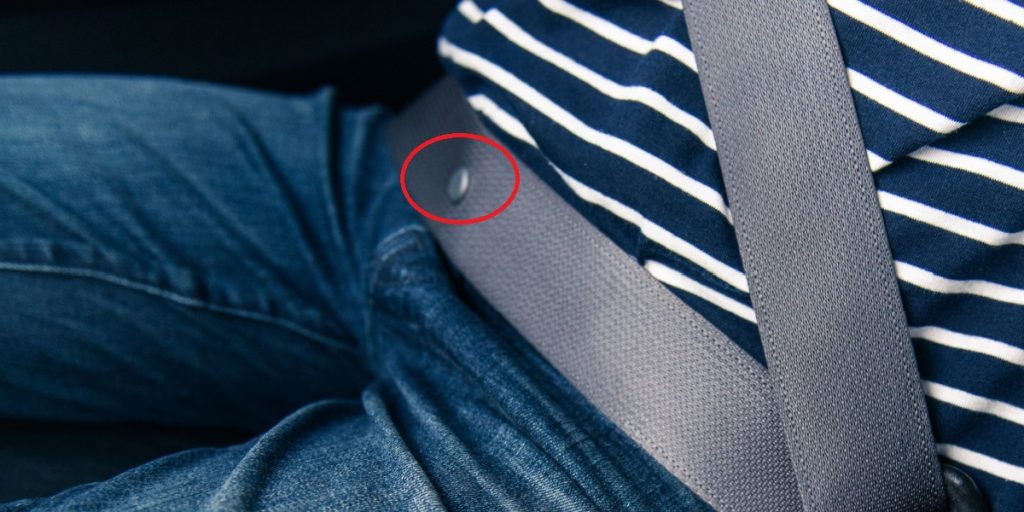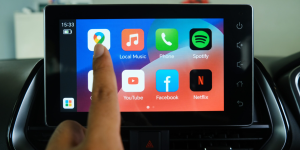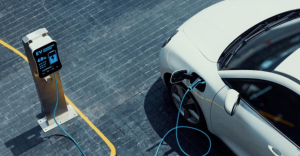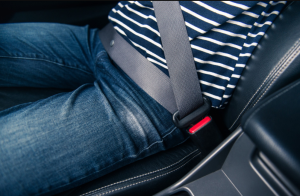Thursday trivia. You’ve surely seen that plastic button on the seat belt. Do you know what its function is?
Others are reading now
Seat belts are crucial for safety of both drivers and passengers. For many years, they have been mandatory equipment in every car, and travelers are required to fasten them.
Always and everywhere.
Still, there are drivers who “forget” about the belts on short distances, and there are even those who fasten the belts behind their backs or simply insert it just to silence the onboard systems.
Never do that!
Also read
We cannot predict road situations. Even on a route of a few dozen meters, something unexpected can happen. The car is designed to protect you, but it will only do so effectively if you have your seat belts fastened.
Seat Belts – What’s the Plastic Button For?
Now, a little puzzle and trivia. Why does every car seat belt have a small plastic button?
According to our German sister site, Dagens.de, it serves a specific and useful function, but in this case, it’s not about safety, but convenience. The button is installed so that both drivers and passengers can easily and quickly fasten their belts.
The plastic button limits the movement of the buckle. As a result, when you get into the vehicle and want to fasten the belt, it is within reach. Without the plastic button to limit it, after unfastening and putting down the belts, the buckle would drop to the very bottom.
You would then have to look for it not at shoulder height, but rather near the vehicle’s floor. This would be particularly inconvenient in the case of the recently popular SUVs with a high driving position.
Seat belts have truly been with us since 1958 when three-point belts debuted on board Volvo. Another important date was 1980 when Mercedes further increased safety by developing belts with tensioners. Manufacturers are constantly modifying and improving them, so it’s no surprise that during the course of work, someone came up with the simple idea of a small button to make life easier for everyone.








